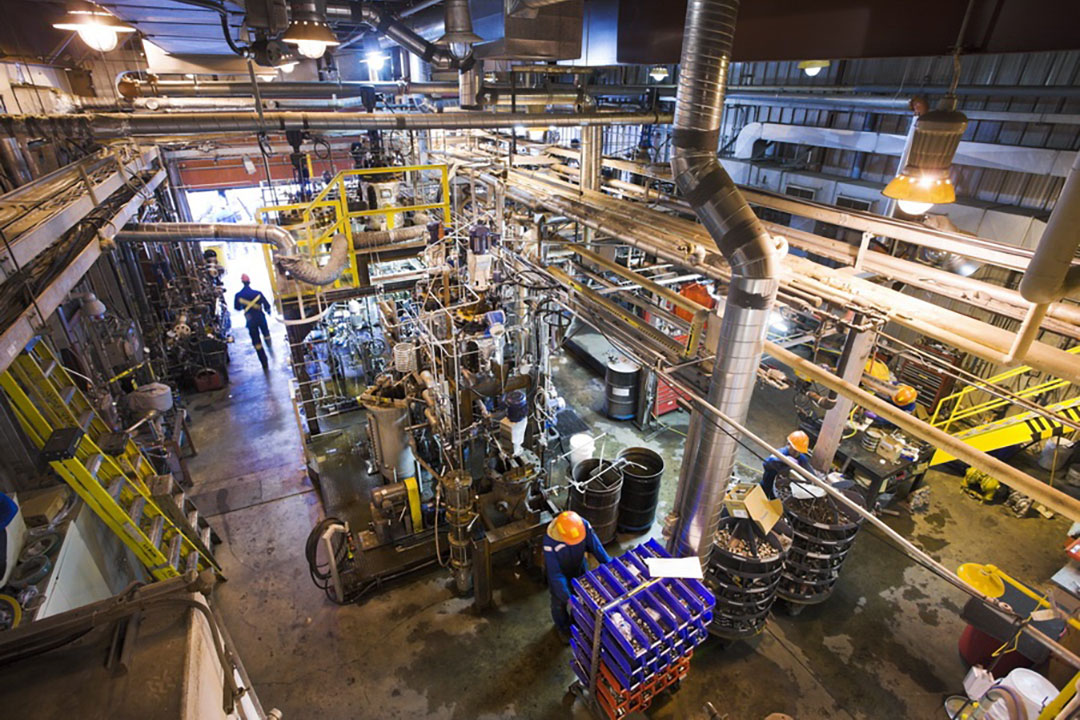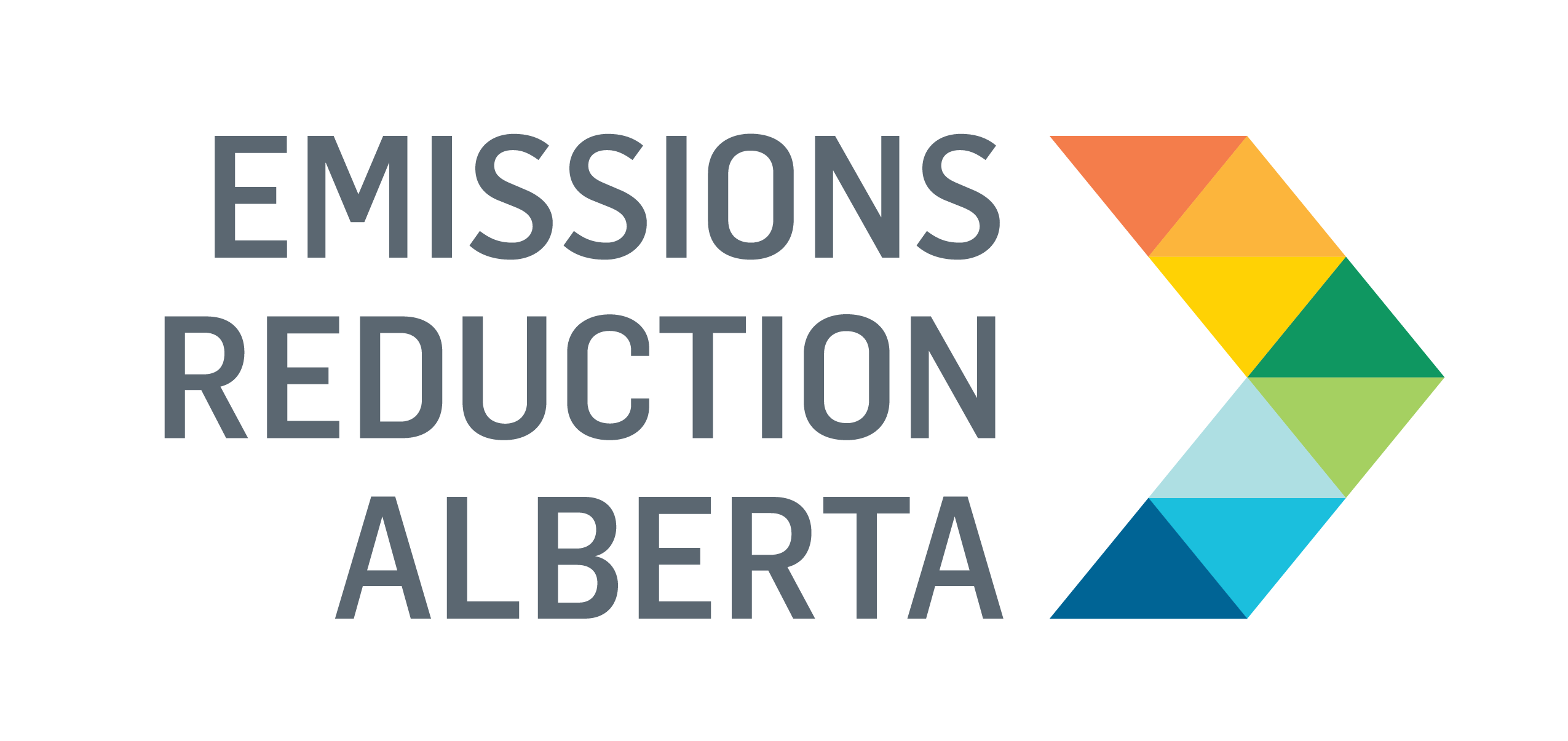
Titanium corp stock & AR images photographed at Canmet Devon facility
A new facility to recover valuable minerals from oil sands waste and prevent hydrocarbons from reaching oils sands tailings ponds is on the horizon. The project is a key component of net zero ambitions for one of the largest independent crude oil and natural gas producers in the world.
Calgary-based Titanium Corporation is working with Canadian Natural Resources Limited (Canadian Natural) on a commercial scale plant for their patented CVW (Creating Value from Waste) technology. In 2019, they completed front end engineering design at Canadian Natural’s Horizon site and are now planning the next phase of the project.
The technology solution recovers bitumen, solvent, and high-value minerals, including titanium and zircon. By preventing solvent and bitumen release, methane emissions from mined oil sands operations can be reduced. The technology focuses on froth treatment tailings, which are estimated to be responsible for the majority of methane emissions from tailings ponds.
“It’s a great opportunity to take a waste stream, one of the more complicated ones, and recover valuable minerals that would otherwise be lost— titanium, zircon, and eventually rare earths. It reduces the environmental footprint of tailings ponds and creates a whole new industry for Alberta, translating into economic growth, jobs, and diversification,” said Scott Nelson, President & CEO, Titanium Corporation.
Zircon is used to make ceramic tiles, porcelain fixtures, solar panels, cosmetics, and many other products. Titanium is primarily used to make pigment which is an important component in paint, plastics, and paper. Titanium metal is used in the aerospace industry and in medical appliances, fibre optics, golf clubs, bicycles, and more.
Emissions Reduction Alberta (ERA) has committed $10 million to the project to date; $5 million for engineering design and $5 million to support detailed engineering work for the commercial-scale plant.
The project is part of Canadian Natural’s long-term aspirational target of net zero emissions in its oil sands operations. It involves building a new facility next to existing bitumen froth treatment plant and applying a secondary stage of treatment before the sands, fines, and residual hydrocarbons enter the tailings pond. Titanium and Canadian Natural estimate the facility could recover up to 100,000 tonnes per year of valuable minerals. It has the potential reduce net GHG emissions by approximately 570 kilotons of CO2e per year.
“This technology is a true testament to entrepreneurs, industry, and government coming together to develop solutions that work,” said Joy Romero, Vice President, Technology and Innovation, Canadian Natural. “It’s a win-win when an innovative technology like this can help lower our GHG emissions and move us closer to net zero emissions in the oil sands, while at the same time, help us recover valuable minerals for sale.”
Results from the project will benefit other large oil sands mines and will be shared and disseminated through Canada’s Oil Sands Innovation Alliance (COSIA).
“A big catalyst here is the avoidance and prevention of methane from tailings ponds and, ultimately, the atmosphere. We have a proven technology that has been tested extensively and is now commercially ready. This will do a lot of good things for the environment and can expand throughout the oil sands industry. There have been lots of challenges along the way. All kinds of R&D and 21 patents later, we have created a comprehensive clean technology solution for the industry,” said Nelson.
Titanium has been also been awarded an additional $40 million boost through Environment and Climate Change Canada’s Low Carbon Economy Fund and $5 million from the Natural Resources Canada (NRCan) Clean Growth Program. Titanium earlier received $6.5 million from Sustainable Development Technology Canada (SDTC). Other collaborators include Canada’s Oil Sands Innovation Alliance (COSIA), Alberta Energy, National Research Council (NRC), and Industrial Research Assistance Program (IRAP).
“These types of long-term technology solutions involve risks and are high-capital projects that need some sort of risk sharing to develop,” said Nelson. “Government and industry support and collaboration has been invaluable in moving the project forward and developing this made-in-Canada solution for the benefit of all stakeholders.”

